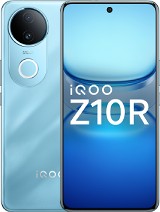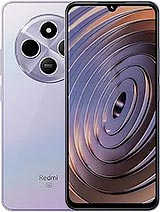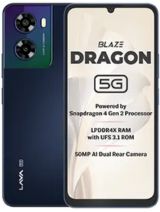Lava Blaze Amoled 2 alternatives
Tap above to see alternatives.
Lava Yuva 5G alternatives
Tap above to see alternatives.
Lava Blaze Amoled 2
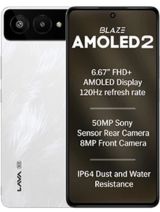
Lava Blaze Amoled 2
-
Dimensity 7060
6 nm
-
5000 mAh
33W
-
6.67"
1080 x 2400 pixels
-
50 MP
1080p@30fps
-
Specs

Lava Yuva 5G
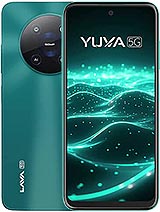
Lava Yuva 5G
-
Unisoc T750
6 nm
-
5000 mAh
18W
-
6.53"
720x1600 pixels
-
50 MP
1080p@30fps
- Specs
2x2.6 GHz Cortex-A78
6x2.0 GHz Cortex-A55
2x2.0 GHz Cortex-A76
6x1.8 GHz Cortex-A55
4GB 128GB (UFS 2.2)
(wide), AF
Auxiliary lens
(wide), AF
2 MP
(macro)
SIM1: Nano, SIM2: Nano
9 5G bands
n1, n3, n5, n8, n28, n40, n41, n77, n78
8 5G bands
n1, n3, n5, n8, n28, n40, n77, n78
In this performance comparison, the Lava Blaze Amoled 2 with its Mediatek Dimensity 7060 (6nm) performs better than the Lava Yuva 5G with the Unisoc Unisoc T750 (6nm), thanks to superior chipset efficiency.
Both Lava Blaze Amoled 2 and Lava Yuva 5G offer the same software support — 1 years of OS updates and 2 years of security updates.
Lava Blaze Amoled 2 features a superior AMOLED display, while Lava Yuva 5G comes with an LCD panel. In terms of smoothness, Lava Blaze Amoled 2 offers a higher 120 Hz refresh rate, ensuring fluid scrolling and animations. Both devices deliver the same brightness level at nits. Notably, Lava Blaze Amoled 2 offers a higher screen resolution, resulting in sharper visuals and more detailed content.
Both phones are equipped with the same 5000 mAh battery capacity. Lava Blaze Amoled 2 also supports faster wired charging at 33W, compared to 18W on Lava Yuva 5G.
Lava Blaze Amoled 2 includes an IP64 rating, while Lava Yuva 5G lacks an official IP rating.
- Lava Blaze Amoled 2 – Check price here
¹ Scores can vary even with the same chipset due to RAM, thermals, and software optimization.





